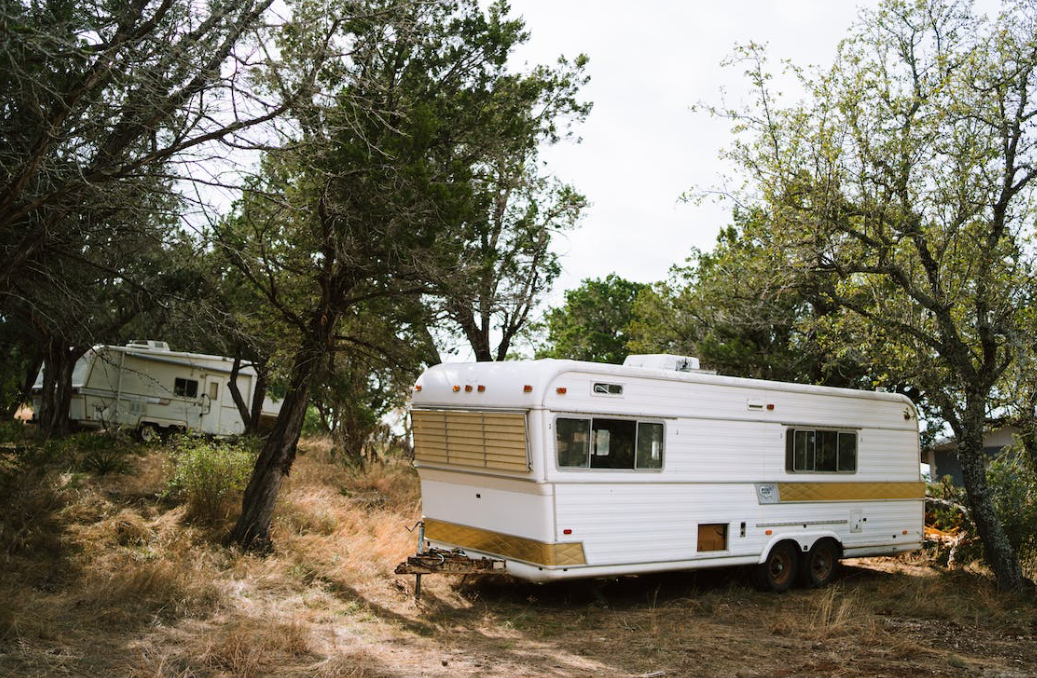
When setting up an off-grid RV system, accurately calculating your power requirements is crucial. Understanding how much power you need will help you select the right equipment, optimize energy usage, and ensure a reliable power supply during your travels. In this article, we will provide a step-by-step guide to help you calculate the power requirements for your off-grid RV setup. By following these guidelines and considering various factors, you can design an efficient and sustainable power system tailored to your specific needs.
Assess Your Energy Needs
Start by determining your energy requirements. Make a list of all the appliances and devices you plan to power in your RV, including essentials like lights, refrigerator, water pump, heating or cooling systems, and electronics. Identify the wattage rating for each item and estimate the average daily usage hours.
Calculate Daily Energy Consumption
Multiply the wattage of each device by its daily usage hours to calculate the energy consumed per day. Sum up these values to determine your total daily energy consumption. Remember to account for any potential energy losses during power conversion or storage.
Factor in Efficiency and Safety Margins
To ensure a reliable power supply, add a margin of safety to your calculations. Consider inefficiencies in equipment operation and potential future power needs. It’s recommended to add a 10-20% margin to account for these factors and allow for system expansion or unexpected surges in power demand.
Determine Battery Capacity
Choose an appropriate battery bank capacity to store the energy needed for off-grid use. Divide your total daily energy consumption by the battery’s voltage to calculate the ampere-hours (Ah) required. Take into account the depth of discharge (DoD) for your battery type to prevent excessive draining and maximize battery life.
Select a Solar Power System
Solar panels provide an efficient and sustainable source of energy for off-grid RV setups. Calculate the required solar panel capacity by dividing your daily energy consumption by the average daily solar input in your location. This figure will vary depending on factors such as sunlight hours, panel tilt, and shading.
Account for Inverter Efficiency
If you plan to use AC-powered devices, incorporate an inverter into your system. Inverters convert the DC power stored in your battery bank to AC power. Consider the efficiency rating of the inverter when calculating power requirements. Multiply the AC load wattage by the reciprocal of the inverter’s efficiency to determine the DC power needed.
Evaluate Charge Controller Capacity
A charge controller regulates the power flow from the solar panels to the battery bank. Ensure the charge controller’s capacity matches the maximum solar panel output. It should be able to handle the current (amperage) produced by the panels to avoid overcharging or damaging the batteries.
Consider Backup Power Sources
Plan for backup power sources, such as generators or wind turbines, to supplement solar power during periods of low sunlight or increased energy demands. Calculate the required capacity of these backup sources based on your anticipated needs and the availability of fuel or wind resources.
Accurately calculating your power requirements is essential for a successful off-grid RV setup. By assessing your energy needs, considering safety margins, determining battery capacity, selecting a solar power system, accounting for inverter efficiency, evaluating charge controller capacity, and considering backup power sources, you can design an efficient and reliable off-grid power system tailored to your RV lifestyle. With careful planning and calculation, you can enjoy the freedom and independence of off-grid RVing while ensuring a sustainable and uninterrupted power supply.